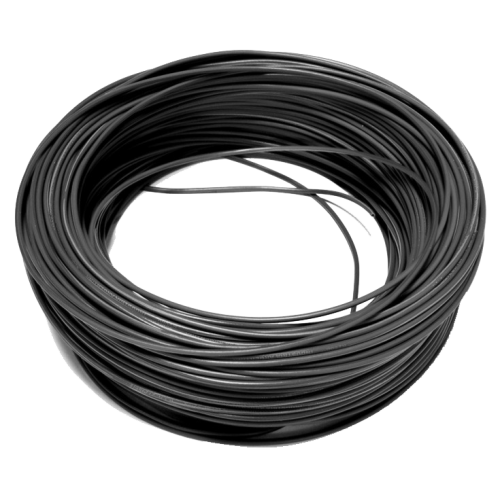Hippy capitalism is back, well it never went away, from bamboo tooth brushes to everything made outa charcoal. its all evil people pushing the same illusions of self control while ignoring the uncomfortable social truths the deluded desire this is based on. #fuckyou comes to mind, just stop buying crap in general
Don’t buy into middle class “ethical consumerism” instead buy less, buy second hand, live simply. Most importunately engage in making the social world a better place. You can do this in both small community levels and larger political movements, best a mix of all three. Just don’t get stuck in the “ethical consumerism” evil death pit
“climate change is coming”.
Main point is that when you see evil point at it and call it what it is EVIL this apply’s to just about all “ethical consumerism”
Ps. Best to not see this as a ethical judgment and better to see this as a good move to have space/time to live a more interesting life. Money for most people is directly connected with depressing, pointless, work slavery.
1) Simple spend less on crap.
2) Work less to earn the money to spend on crap.
3) Live life better in the space this opens up.
As Paul Mackilligin says on #failbook
…and those who make their profits from selling us crap are busy lobbying politicians to change laws and regulations so that we have to buy more.
My favourite quote from Adam Smith: the concluding lines from Book One of The Wealth of Nations…
“The interest of the dealers, however, in any particular branch of trade or manufactures, is always in some respects different from, and even opposite to, that of the public. To widen the market, and to narrow the competition, is always the interest of the dealers. To widen the market may frequently be agreeable enough to the interest of the public; but to narrow the competition must always be against it, and can only serve to enable the dealers, by raising their profits above what they naturally would be, to levy, for their own benefit, an absurd tax upon the rest of their fellow-citizens.
The proposal of any new law or regulation of commerce which comes from this order, ought always to be listened to with great precaution, and ought never to be adopted till after having been long and carefully examined, not only with the most scrupulous, but with the most suspicious attention. It comes from an order of men, whose interest is never exactly the same with that of the public, who have
generally an interest to deceive and even to oppress the public,
and who accordingly have, upon many occasions, both deceived
and oppressed it.”















